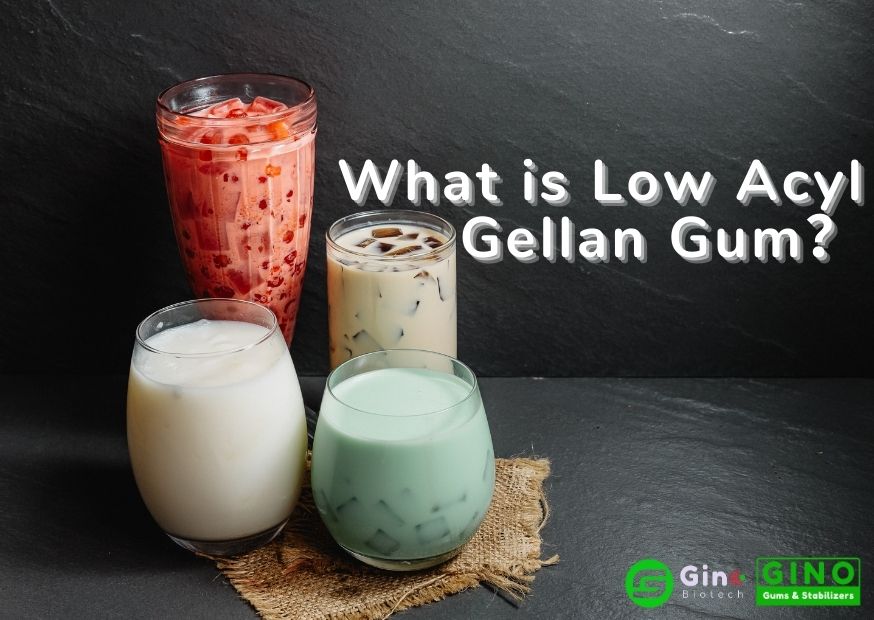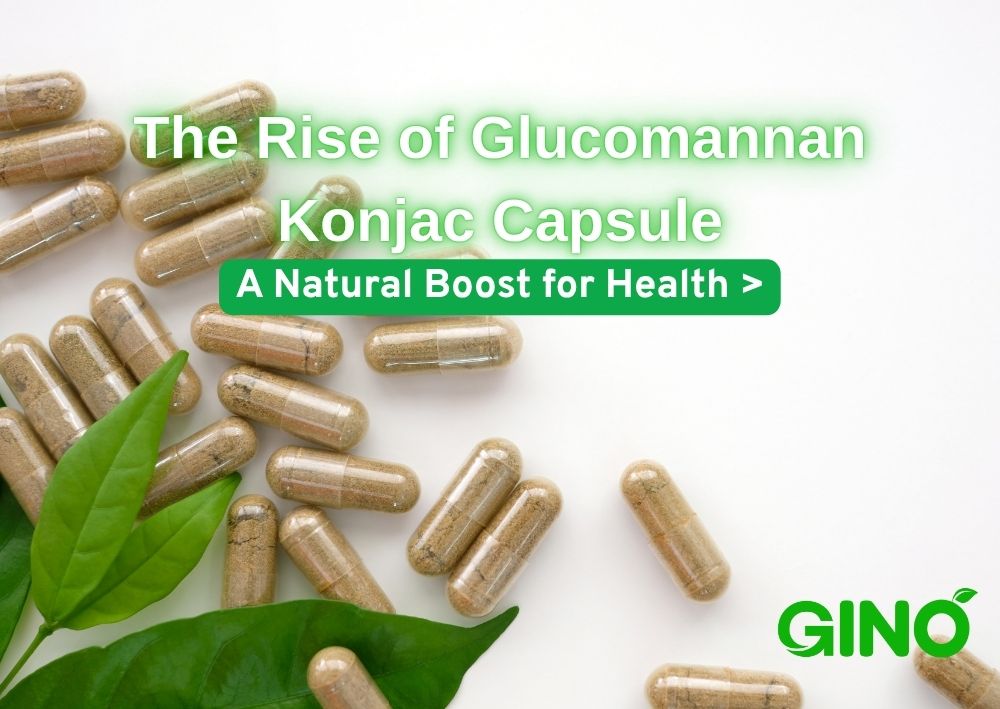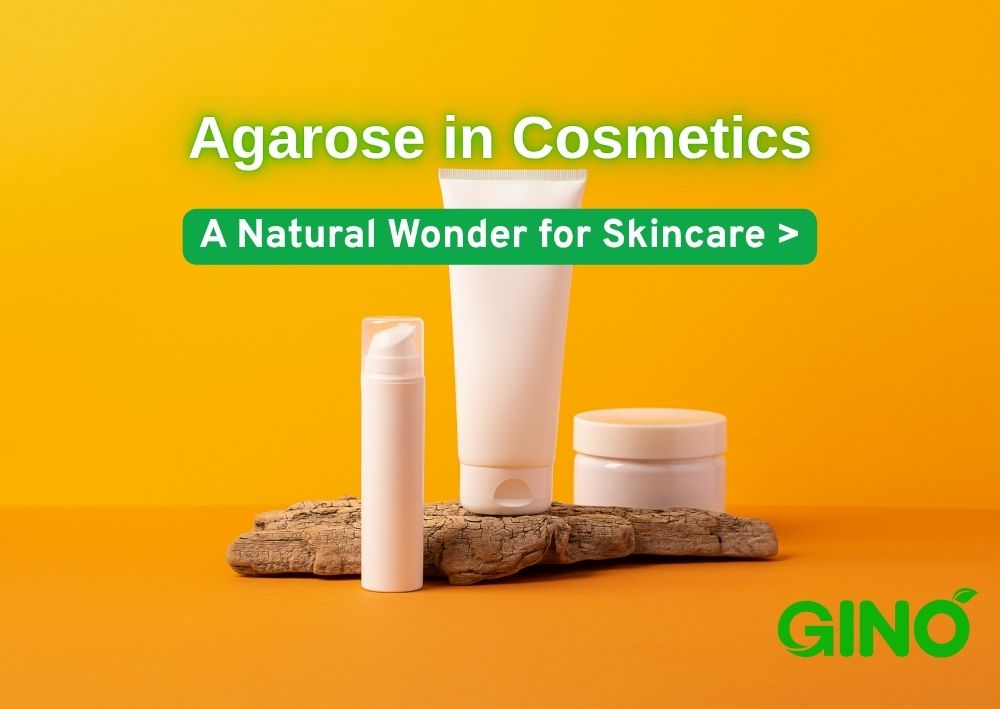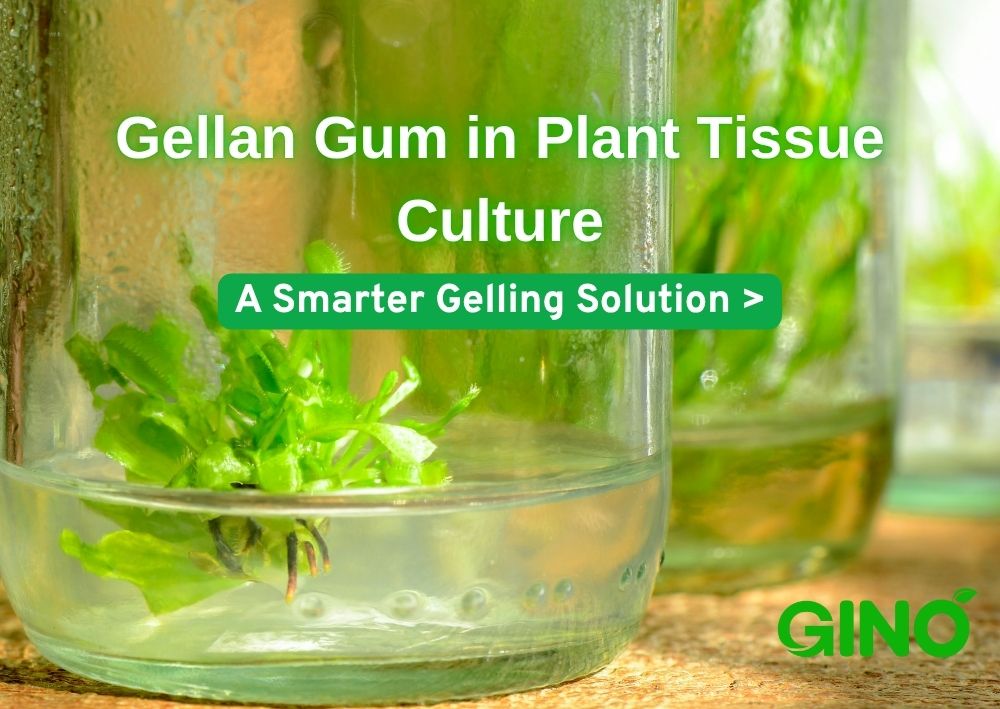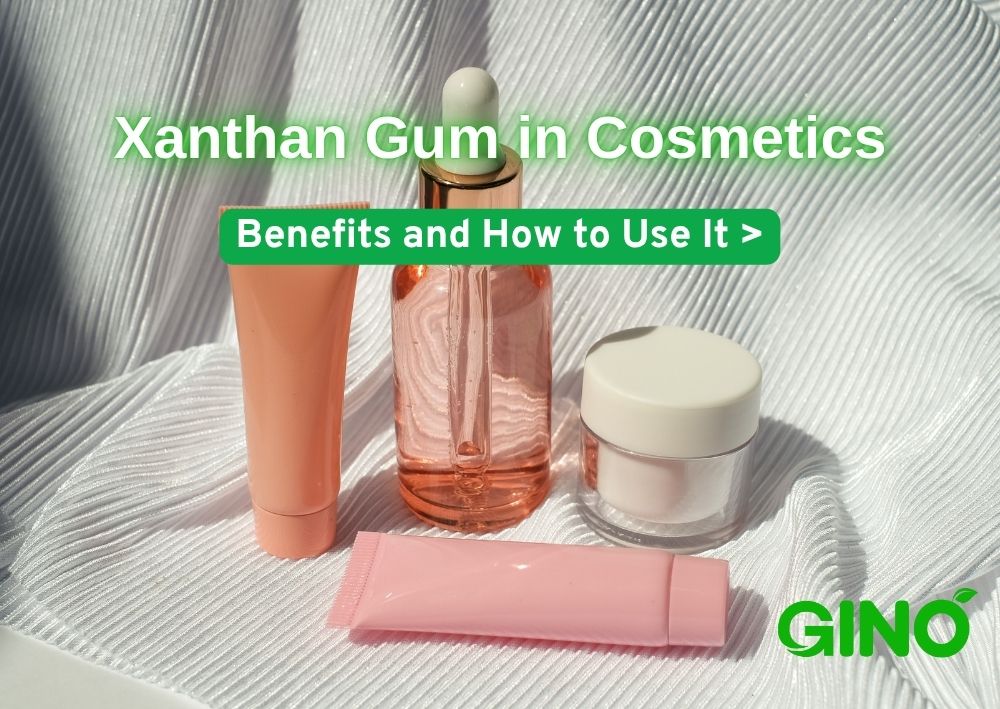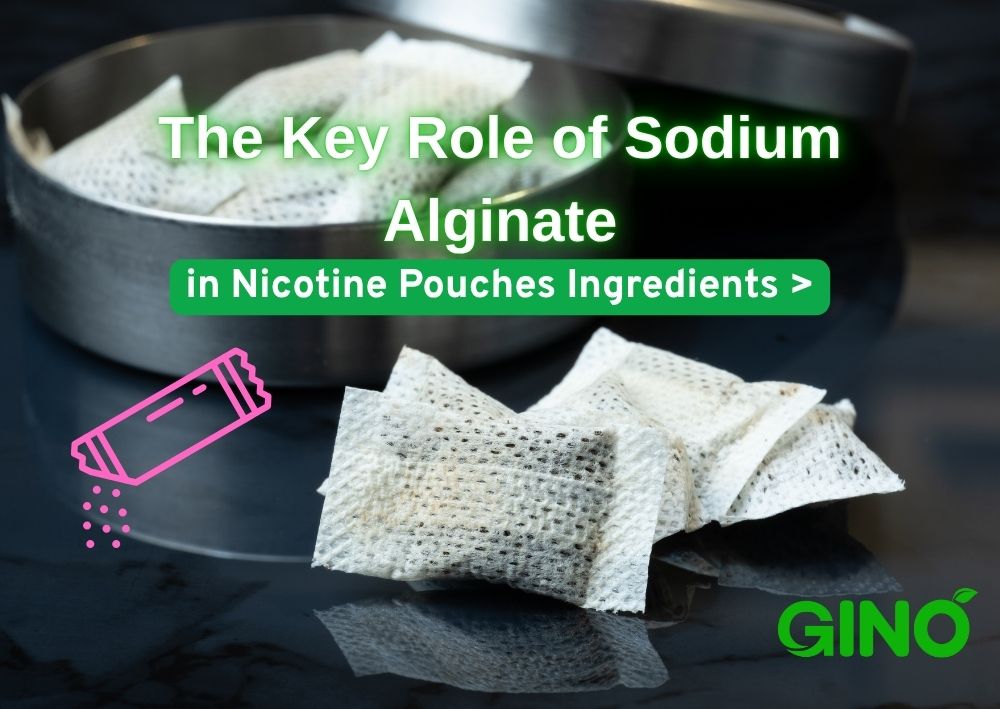
Amazing Gellan Gum Uses in Food | E418 Gellan Gum
Uses of Gellan Gum in Food
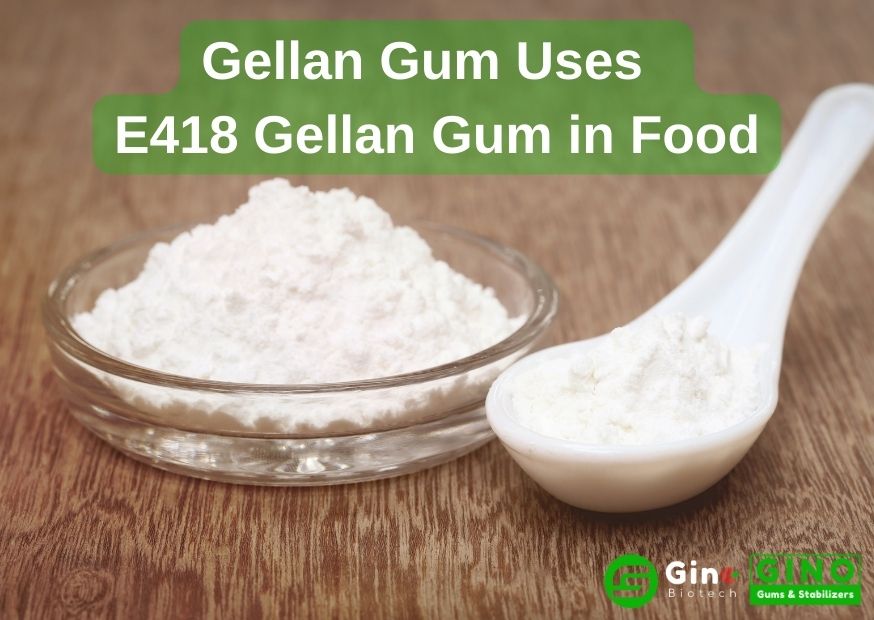
1. What is Gellan Gum E418?
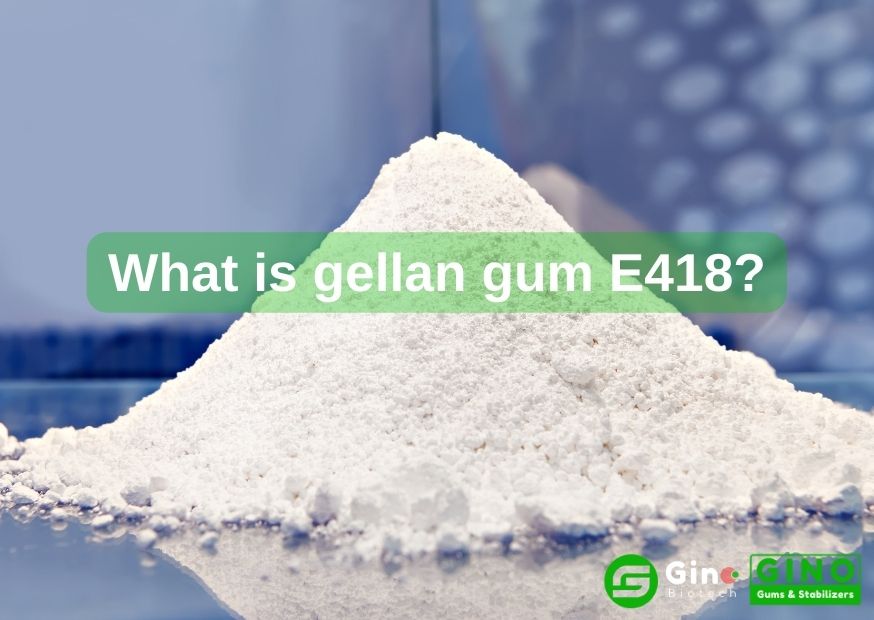
E418 Gellan gum is a hydrocolloid (polysaccharide gel) obtained by biological fermentation.
Gellan gum is a white powder without special taste and odor decomposes directly at 150℃, has good stability, acid resistance, high-temperature resistance, thermal reversibility, and can resist the action of microorganisms and enzymes, etc.
Due to these advantages, gellan gum uses are very wide.
2. Types of Gellan Gum
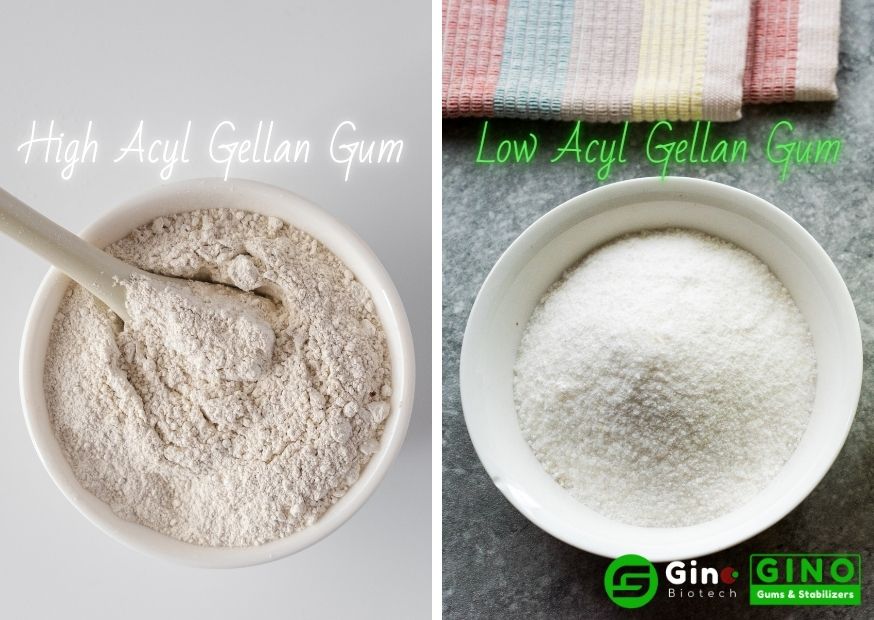
It can also be called natural gellan gum, which is not treated with alkali. It can form highly elastic and low hardness (soft) gel.
It is also called alkali-treated gellan gum, which is obtained by heating at ph10 or higher. It forms strong and brittle gels (similar to agar gel).
2.3 Purified Low-Acyl Gellan Gum
Purified low acyl gellan gum is obtained by the filtration of low acyl gellan gum, whose relative molecular mass is about 500,000.
3. Advantages of Gellan Gum
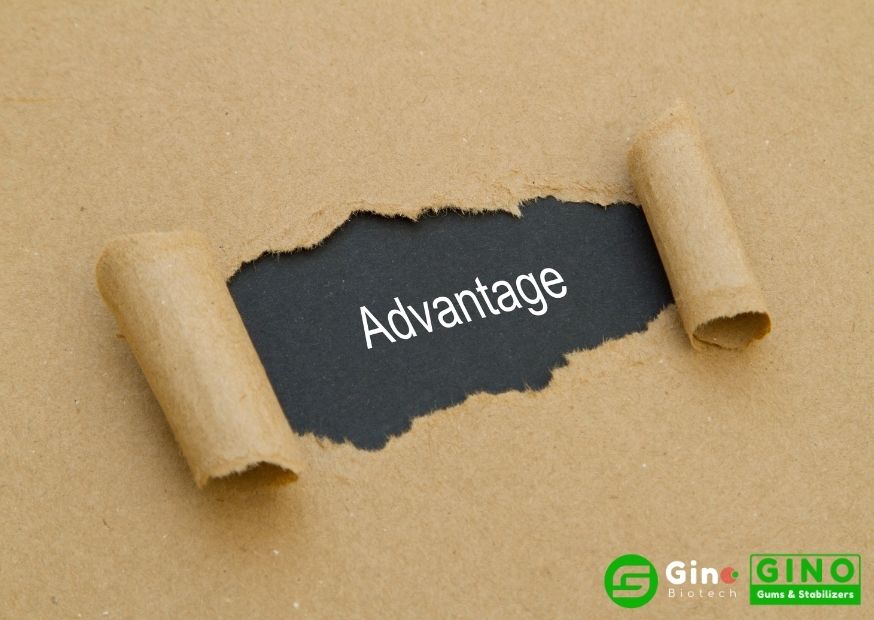
Gellan gum can be widely used in all kinds of foodstuffs, with the advantages of low dosage, high transparency, strong aroma release, acid and enzyme resistance, etc.
1. In the food industry, gellan gum is not only used as a gelling agent but also provides excellent texture and taste.
2. The gel of gellan gum is a kind of brittle gum, which is very sensitive to shear force and has the feeling of melting in the mouth when consumed.
3. Gellan gum has good flavor release and stability in a wide pH range.
4. Improve structure, improve stability, and good water-holding properties. It can be used to improve the structure of food, the physical stability of liquid nutrients, and the water-holding capacity in food cooking and storage.
5. Gellan gum has good compatibility with other food gums to improve its stability or change its organizational structure.
6. It can also improve starch to obtain the best textural characteristics and stability.
- The gel has good stability, acid resistance, high-temperature resistance, and thermal reversibility, and also resists the action of microorganisms and enzymes.
- It is stable under both autoclave and baking conditions.
- It is also stable in acidic products and has the best performance under pH 4.0-7.5.
- Its structure does not change with time and temperature during storage.
- Gellan gum is easy to use, it can be dispersed in water with slight stirring and dissolved into a transparent solution when heated, and after cooling, it forms a transparent but solid gel.
4. Functions and Uses of Gellan Gum in Food
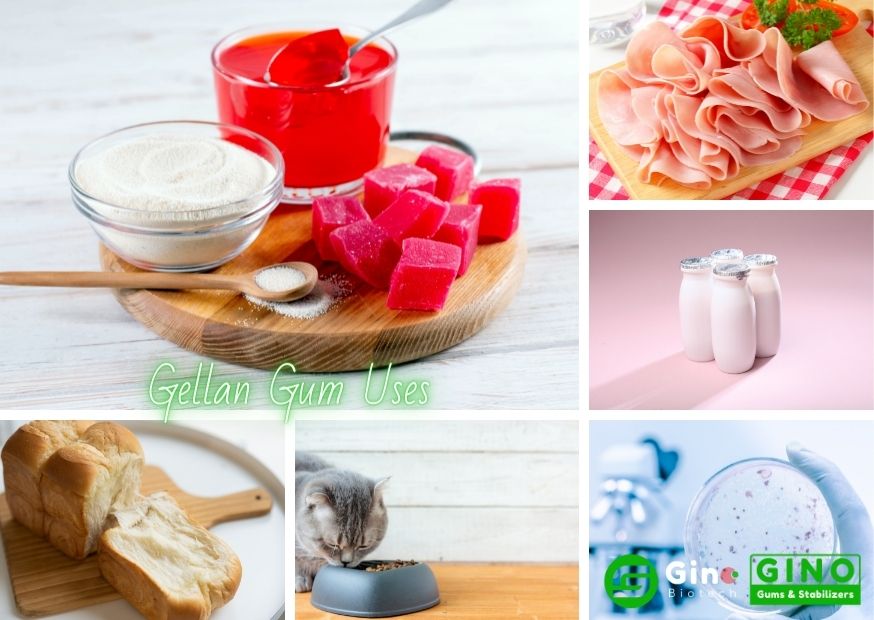
Due to its superior gelation performance, gellan gum has a wide application prospect in the food, pharmaceutical, and chemical industries, and has been gradually used instead of agar and carrageenan.
In the food industry, gellan gum is mainly used as a thickener and stabilizer in beverages, bread, dairy products, meat products, noodles, pastries, cookies, shortening, instant coffee, fish products, ice cream, ice cream, and other foods.
- If gellan gum is used in noodle products such as Chinese noodles, soba noodles and cut noodles, it can enhance the hardness, elasticity and viscosity of noodles, and also improve the taste, inhibit hot water swelling, reduce broken strips and reduce the turbidity of soup.
- Gellan gum can be used as stabilizer (better in combination with other stabilizers) in ice cream to improve its conformability.
- Gellan gum can be added in cakes and cheesecakes, which has the effect of moisture retention, freshness and shape preservation.
- In addition, according to the application research, it is confirmed that the beverage with gellan gum as the main suspending agent is not only very good suspension effect, but also it is acid-resistant and shows good stability in the beverage storage process, which is the advantage that other plant colloids used as suspending agent do not have.
- Low acyl gellan gum is also used as a substitute for agar in microbial media, with better transparency than agar gum, and the good transparency and firmness of low-acyl gellan gum can also be used in plant tissue culture.
Table 1 Functions and Uses of Gellan Gum in Food
Functions | Uses | Functions | Uses |
Adhesive properties | Frosting, sugar coating | Foam stabilizer | Beer |
Film coating | Preserves, candies | Gelling properties | Jellies, fillings, sweets, jams, etc. |
Emulsifying properties | Salad dressing | Microencapsulation | Powdered seasonings |
Stabilizer | Ice cream, salad dressing | Film-forming agent | Artificial sausage coating |
Thickening agent | Jam, meat sausage, fillings, etc. | Clarifying agent | Wine |
5. Detailed Gellan Gum Uses in Food
5.1 Gellan gum in confectionery
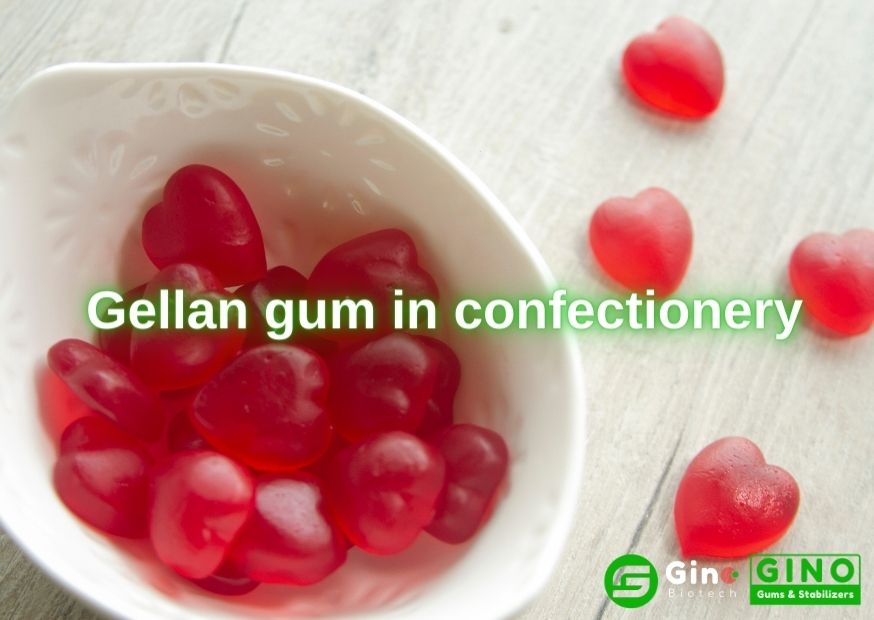
One of the advantages of gellan gum is that it is suitable for cold and hot filling processes and as a filler makes the end product resistant to boiling. Gellan gum can produce gels at high sugar concentrations.
The main role of gellan gum in confectionery applications is to provide superior structure and texture to the product and to shorten the time for starch gummy colloid formation. If 0.075% of gellan gum is added to starch gummy candies, the gel formation time can be shortened from 24-80h to about 12h.
5.2 Gellan gum in jelly and jam
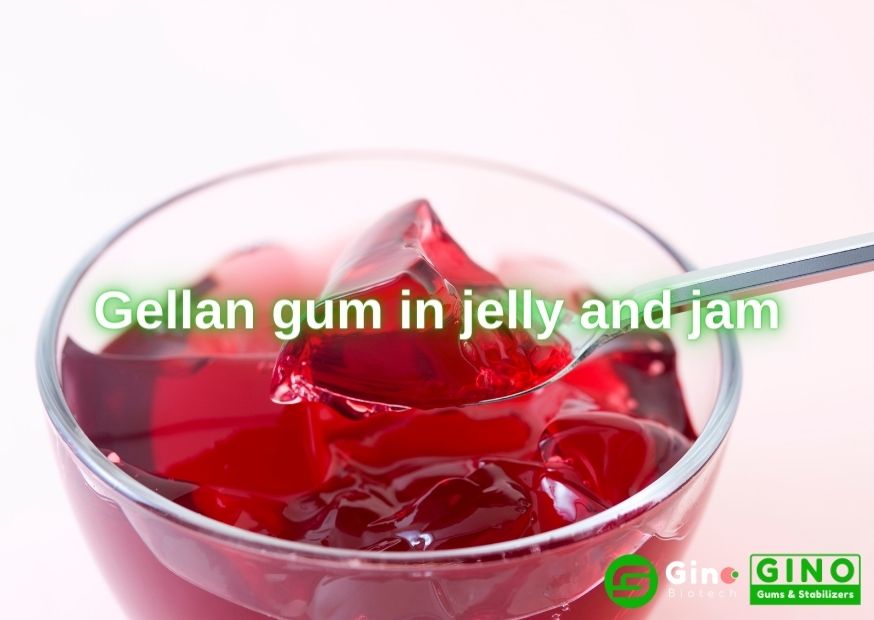
Gellan gum should be hydrated with a chelating agent (e.g. sodium citrate), followed by the addition of acid to release the calcium ions required for gelation, which can be used in the preparation of jams. In this application, gellan gum is a useful substitute for pectin.
Usually, jellies and jams are manufactured using pectin as a gelling agent. Replacing pectin with gellan gum as a gelling agent not only reduces the amount used but also provides better texture and taste.
From the nature and function of pectin, it is known that any change in the system conditions will affect the use of the effect, if the formation of pre-gel, not only to increase production costs but also to reduce product quality, change other factors may also make the pre-gel phenomenon disappeared.
5.3 Gellan gum uses in artificial foods
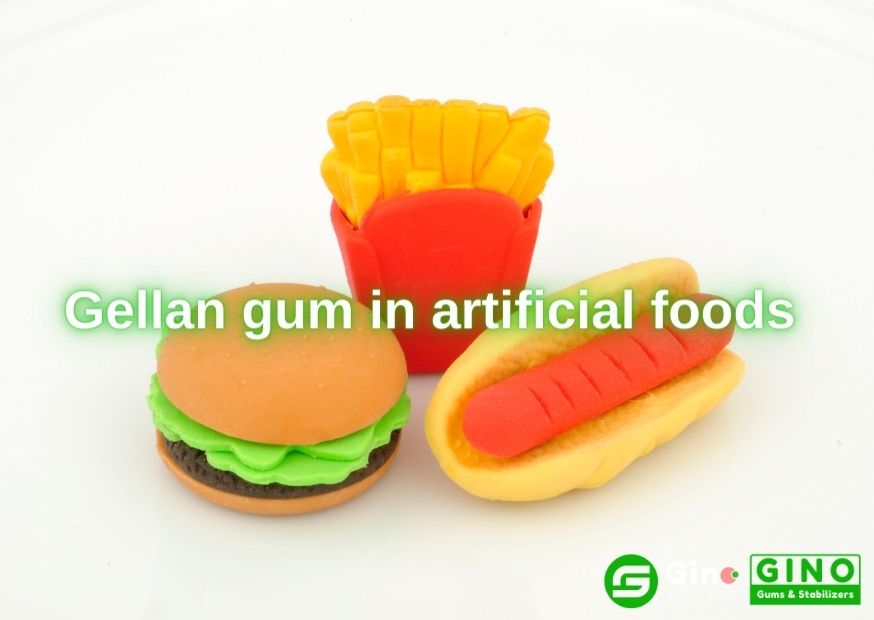
The use of gellan gum in the production of artificial foods is significantly better than the use of other food gums, especially for the production of artificial fruit pieces.
For example, in the production of artificial passion fruit pieces, the amount of gellan gum used is 0.7%, but if algae gum is used instead of gellan gum, its amount is 1.0%, moreover, its processing performance is much less than that of gellan gum.
Gellan gum keeps the artificial fruit pieces from melting during the sterilization process and keeps its characteristic shape intact during the processing.
5.4 Gellan gum in pie fillings and puddings
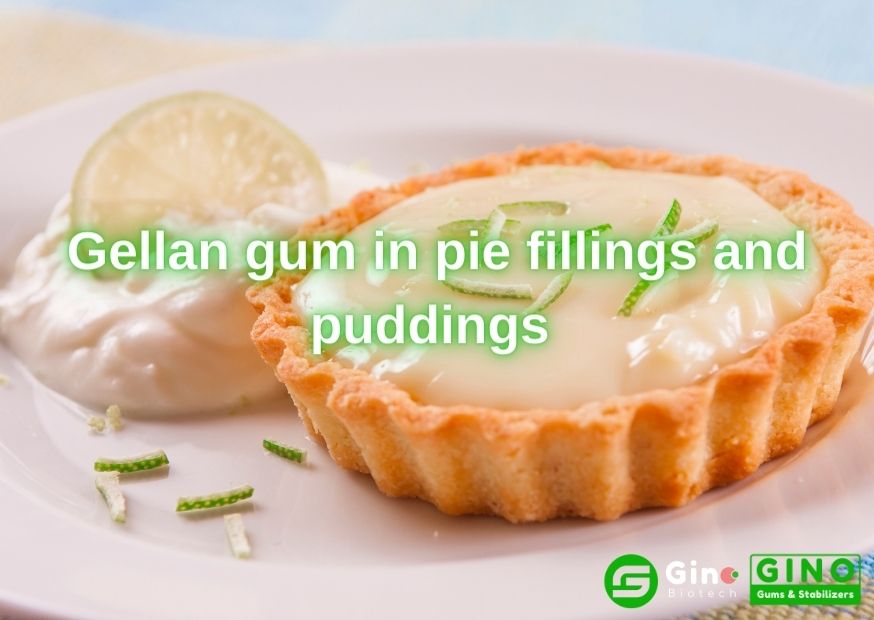
Gellan gum can also be combined with or partially replace with starch in pastry and fruit pie fillings.
Food products such as pie fillings and puddings usually have a gel structure or are viscous in texture. In the past, starch or mixtures of starch with proteins and phosphates were generally used to maintain the characteristic structure of these foods.
However, the products using starch were unstable in form and had an average texture. These defects were improved only after the use of modified starch instead of normal starch. By replacing some of the modified starches with gellan gum, the resulting products are more stable in form and have a much-improved taste.
5.5 Gellan gum in bakery products

Gellan gum is somewhat similar to agar, but its use is much lower than that of agar, so it often replaces agar in bakery products to decorate bakery products, mainly for the purpose of controlling moisture content.
5.6 Gellan gum in dairy products
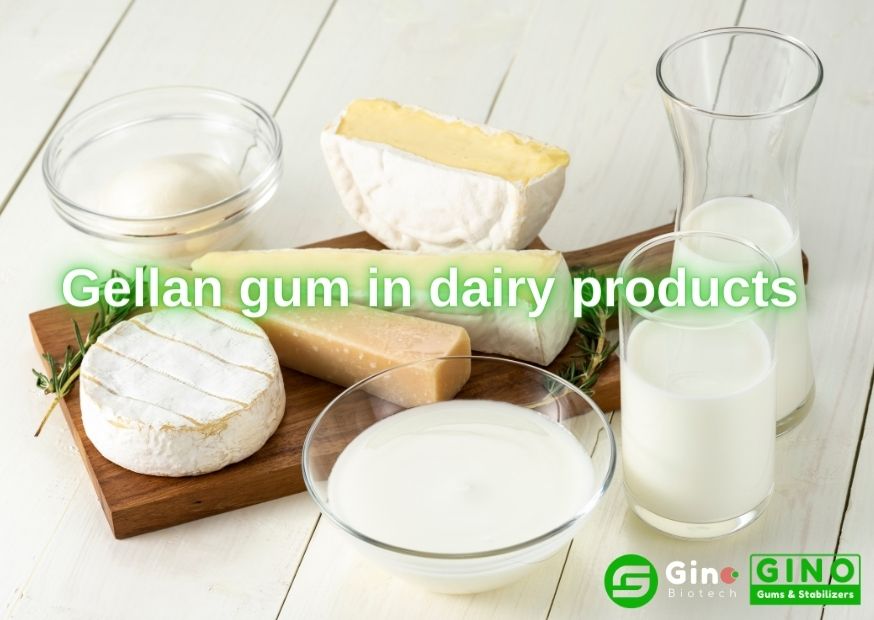
Gellan gum can also be used in milk-based products. Gellan gum can be heated to 75°C and hydrated directly into the milk.
In acidic dairy products (e.g. yogurt, fermented sour cream, or directly acidified milk gels), another hydrosol (e.g. CMC or guar gum) must be added to act as a colloidal protector to prevent the precipitation of milk proteins.
In dairy products, gellan gum can replace the use of carrageenan, gelatin, alginates, and pectin and provide a better quality gel and consistency.
In terms of quantity used, gellan gum has superiority over other food gums. For example, in vanilla fruit cake, the amount of gellan gum used is 0.3%, while the amount of starch and algae gum is 3.0% and 1.2%, respectively.
Gellan gum can also be used in ice cream as a stabilizing thickener, and its dosage is very low.
5.7 Gellan gum uses in pet food
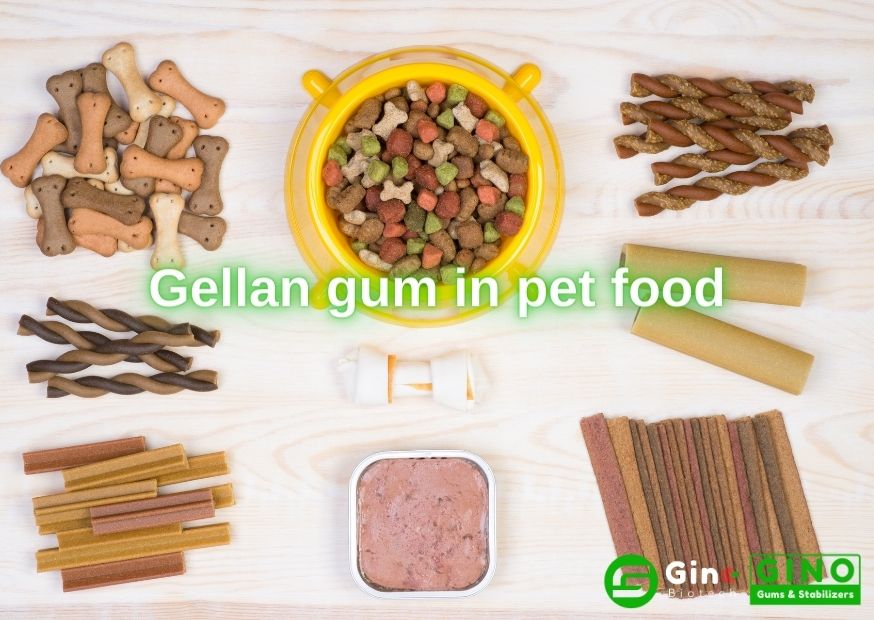
Gellan gum has been successfully used in canned gel foods.
Gelled pet food is a traditional application area for carrageenan-locust bean gum-KCL gels. Gellan gum can be used in combination with other hydrosols such as guar gum and xanthan gum to control dehydration and shrinkage, and xanthan gum and locust bean gum to reduce brittleness.
Gellan gum can replace about half the amount of carrageenan mixture in gel pet foods.
5.8 Gellan gum uses in water-based gel food
Hot water dessert gels with very high clarity can be prepared from a mixture of sucrose, food-grade chelating agents (e.g. sodium citrate), slowly soluble acids (e.g. fatty acids, adipic acid), and gellan gum.
All of these ingredients are added to boiling water as a dry mixture. Sodium citrate removes the calcium ions from the water, which encourages the gel to dissolve, and then the fatty acids slowly dissolve, lowering the solution pH and releasing the calcium ions needed for gelation.
Although this product looks like a gel-like dessert gel, its structure differs from that of gelatin gel, breaking up quickly upon entry and releasing flavor extremely well.
Table 2 Typical Applications of Gellan Gum in Food
Main Food Areas | Typical Products | Main Food Areas | Typical Products |
Sugar, preserves | Starch, jelly, fillings, marshmallows | Pies and puddings | Instant desserts, hearty puddings, pre-cooked puddings |
Jams | Low heat jams, artificial jams, bread fillings | Pet food | Canned meat, gel pet food |
Artificial food | Artificial fruits, artificial vegetables, artificial meat | Icing and frosting | Confectionary icing, piped icing |
Water-based gels | Dessert gels, decorative jelly side dishes | Milk products | Ice cream, gel milk, yogurt |

